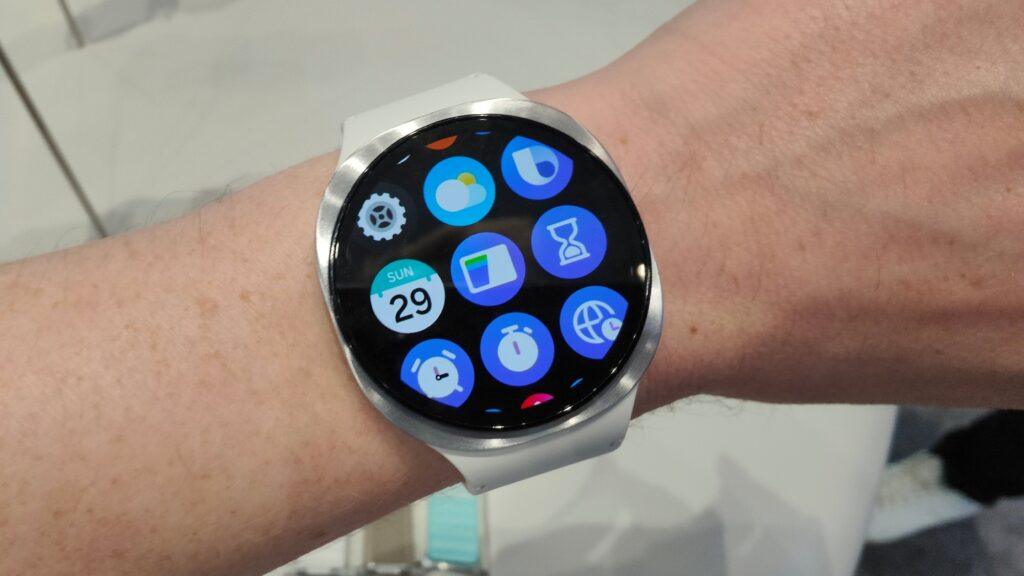One of the most innovative updates, if less understood, in the new Galaxy Watch 8 of Samsung, is the new antioxidant index metric, which uses Samsung’s last bioactive sensor. Unlike the sensors that look under the skin to, for example, the oxygenation of the blood or the heartbeat, these new yellow, blue and violet sensors focus on the surface and measure their level of antioxidants.
According to Samsung executives, which guided us through the latest health capabilities of Galaxy Watch 8, shortly after presenting the new wearables in Samsung Galaxy unpacked on July 9, measuring the levels of antioxidants in the skin is directly related, although not immediately, with their eating and drink habits. Certain foods, for example, such as fruits and vegetables, can raise antioxidant levels in your skin. Having higher antioxidant levels could help avoid the disease.
They showed us what seemed like a direct correlation between, for example, drinking alcohol during the holidays and how that could reduce antioxidant levels. These levels, by the way, are represented in a graph that can read in their Samsung Health application.
Even if you place the Samsung Galaxy Watch 8 when it is available on July 25, and has a healthy salad instead of a hamburger and french fries, it is possible that the clock does not immediately read any difference. Antioxidant readings seem somewhat cumulative in the skin and can take a week to appear.
There is also the question of how you use the new Galaxy Watch 8 sensors.
Now, ironically, apparently, Samsung worked hard to re -enter the Galaxy Watch 8 and its band fixing system to bring the clock to its skin. My sense is that these watches are in your wrists, so I am not sure how close they can reach, and executives did not completely explain that.
Even so, for this newer sensor, it doesn’t matter. The only way to read its antioxidant levels with the Samsung Galaxy Watch 8 is to take off your wrist and press the thumb against the bioactive sensor on the back.
We asked why the sensors could not read the antioxidant levels on the wrist, and turned out to be a rather obvious response.
“We try a lot with wrist measurement, but there are: we really want to measure the skin, not blood. [indicates wrist]There are many capillaries. “
Essentially, a wrist measurement would be looking (or confused) blood in those capillaries and not reading the skin. When he presses with the thumb, he actually moves away all the blood, so the sensors read the antioxidant levels in the skin more easily.
When I asked why the thumb and not other fingers, it turns out that could Finish with your other fingers, but reading with a thumb is simply more comfortable.
While this makes a lot of sense, this sensor could be used less than others because it is not a passive reading. On the other hand, it is more like ECG, in which you must sit still and put a finger on the upper button for 20 seconds or so. You actively choose to take this reading, you should also remove your clock to do it.
Samsung acknowledged that there is no notification that occasionally indicates an antioxidant reading, which means that this could end up being a little used health metric.
Having those antioxidant readings could be useful to understand their general well -being in relation to eating habits, but the other obstacle is to remember what it ingests and when, and few enjoy maintaining a diary of their food consumption.
I suggested that the next Moohan glasses project (an XR joint project between Samsung and Google) could help here, seeing and actively tracking everything you eat. The Samsung executive said it is a good idea.




